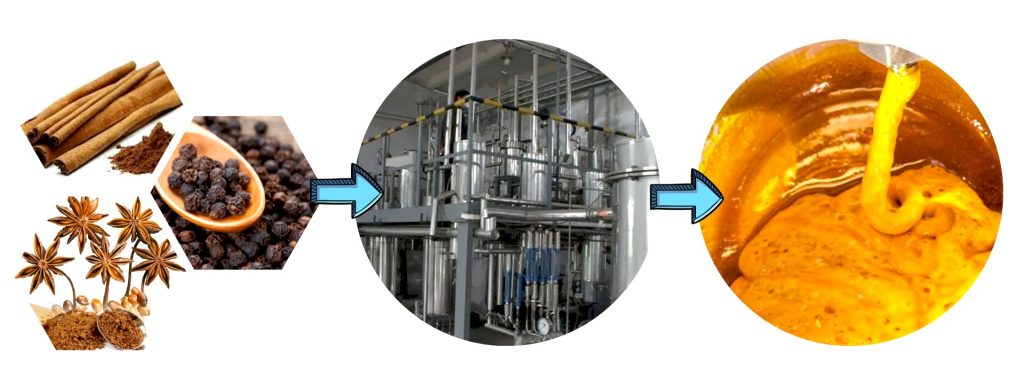
Vietnam has emerged as one of the world’s leading producers and exporters of cassia cinnamon (Cinnamomum cassia), known globally for its high oil content, rich aroma, and consistent quality. With expanding cultivation areas, improving processing technology, and increasing global demand, Vietnam’s cinnamon industry has achieved significant growth over the past few years.
Key Production Regions
The main cinnamon-producing provinces in Vietnam include Yên Bái, Lào Cai, Quảng Nam, and Quảng Ngãi. These mountainous regions offer ideal conditions for cassia cultivation. The total cinnamon plantation area in Vietnam has reached over 180,000 hectares by 2024, contributing substantially to rural livelihoods and sustainable agro-forestry development.
Export Performance (2020–2024)
Vietnam’s cinnamon export volume and value have grown steadily over the past five years, despite global trade fluctuations caused by the pandemic and logistics challenges.
| Year | Export Volume (tons) | Export Value (USD million) |
|---|---|---|
| 2020 | ~41,000 | ~106 |
| 2021 | ~45,000 | ~120 |
| 2022 | ~52,000 | ~135 |
| 2023 | ~58,000 | ~152 |
| 2024* | ~62,000 (estimated) | ~165 (estimated) |
Vietnam currently exports cinnamon to more than 80 countries, with the largest markets being India, the United States, Bangladesh, the UAE, and South Korea. India remains the top importer, accounting for nearly 35–40% of Vietnam’s annual cinnamon exports by volume.
Product Diversity and Value Addition
Vietnam offers a wide variety of cinnamon products including:
- Whole sticks (quills)
- Split and cut cinnamon
- Ground cinnamon (powder)
- Cinnamon oil (steam-distilled and CO₂-extracted)
Vietnamese cassia is appreciated for its high cinnamaldehyde content (up to 80–85% in essential oil) and essential oil content (4–6%), making it highly sought-after in the food, pharmaceutical, and cosmetic industries.
Towards Sustainable and Organic Cinnamon
Vietnam is increasingly promoting organic and sustainable farming practices. As of 2024, over 20,000 hectares of cinnamon plantations are certified organic under standards such as USDA Organic, EU Organic, and JAS. Several cooperatives and processors also participate in FairTrade and Rainforest Alliance initiatives to improve farmer livelihoods and meet ESG requirements from international buyers.